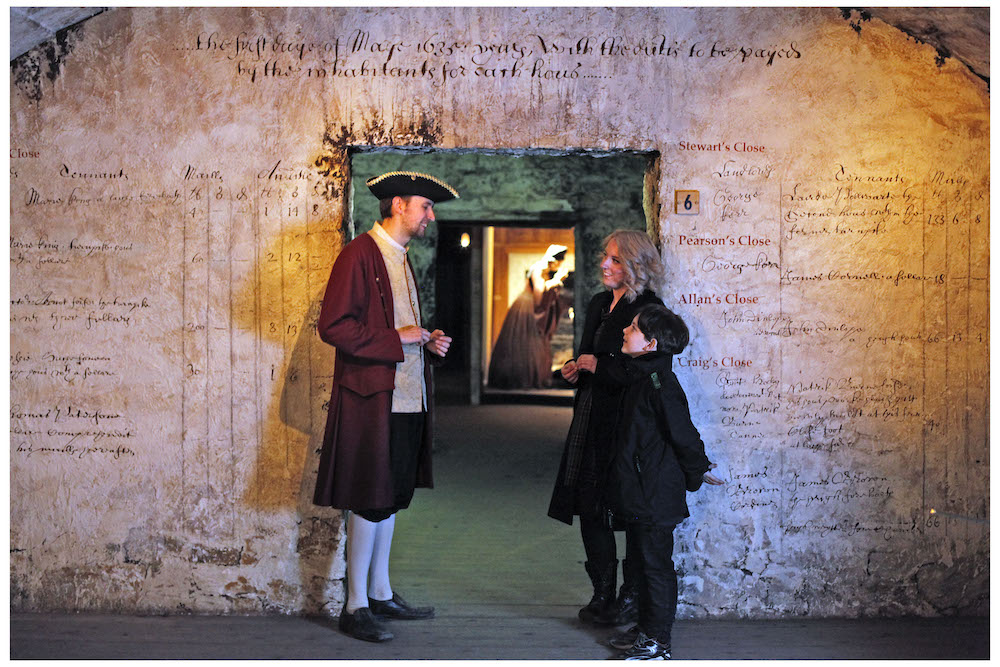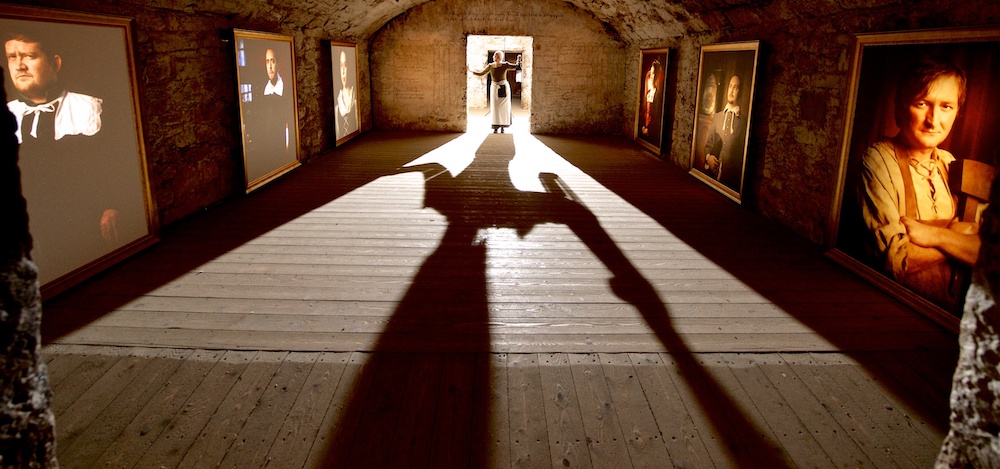Edinburgh is one of the most beautiful cities in Europe. However, what you see of this Scottish city is really a modern reconstruction of the original city. To know its past you must visit “The Real Mary King’s Close”. “Close” is a Scottish term that refers to an alley. The city of Edinburgh has a main street, which is now known as the Royal Mile, and alleys that exit from it to the north and south.
Booking.com
Unlike Glasgow, this city is quite steep and you must climb many stairs. To protect itself from British attacks, Edinburgh was a walled city with high density. You can visit some “close” like Advocate’s Close which are still open, it even has a popular bar called “Devil’s Advocate”.

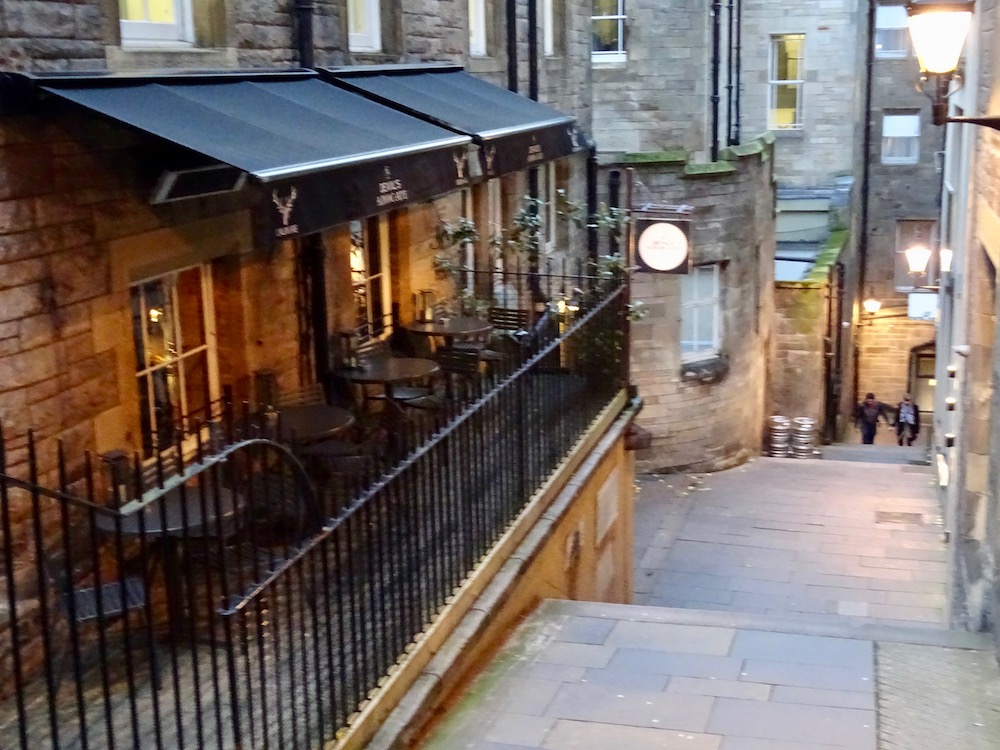
Other “close” were buried after remodeling the city, including Mary King’s Close. The entrance to this “close” is located just across the street from the Edinburgh City Hall. To visit medieval Edinburgh you must take a tour traveling through four alleys.
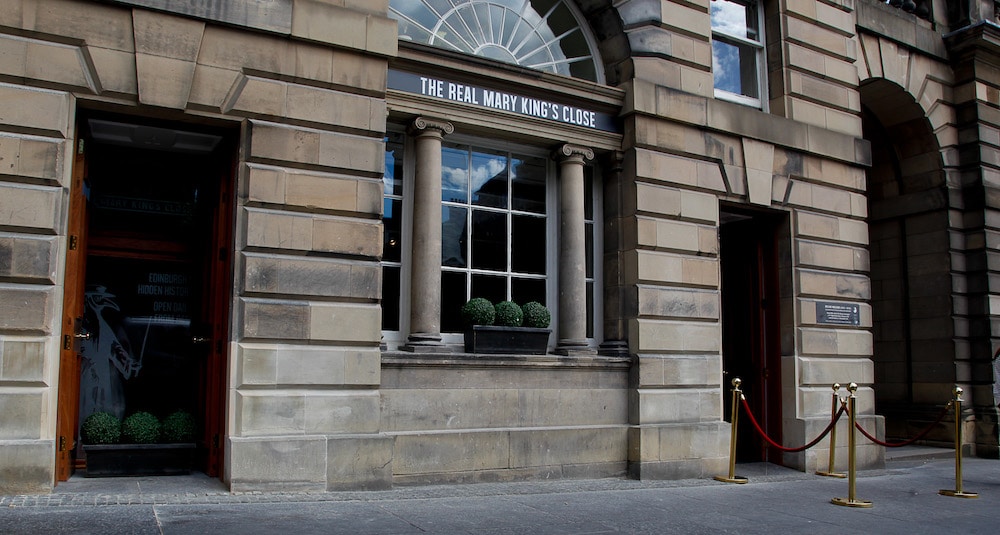
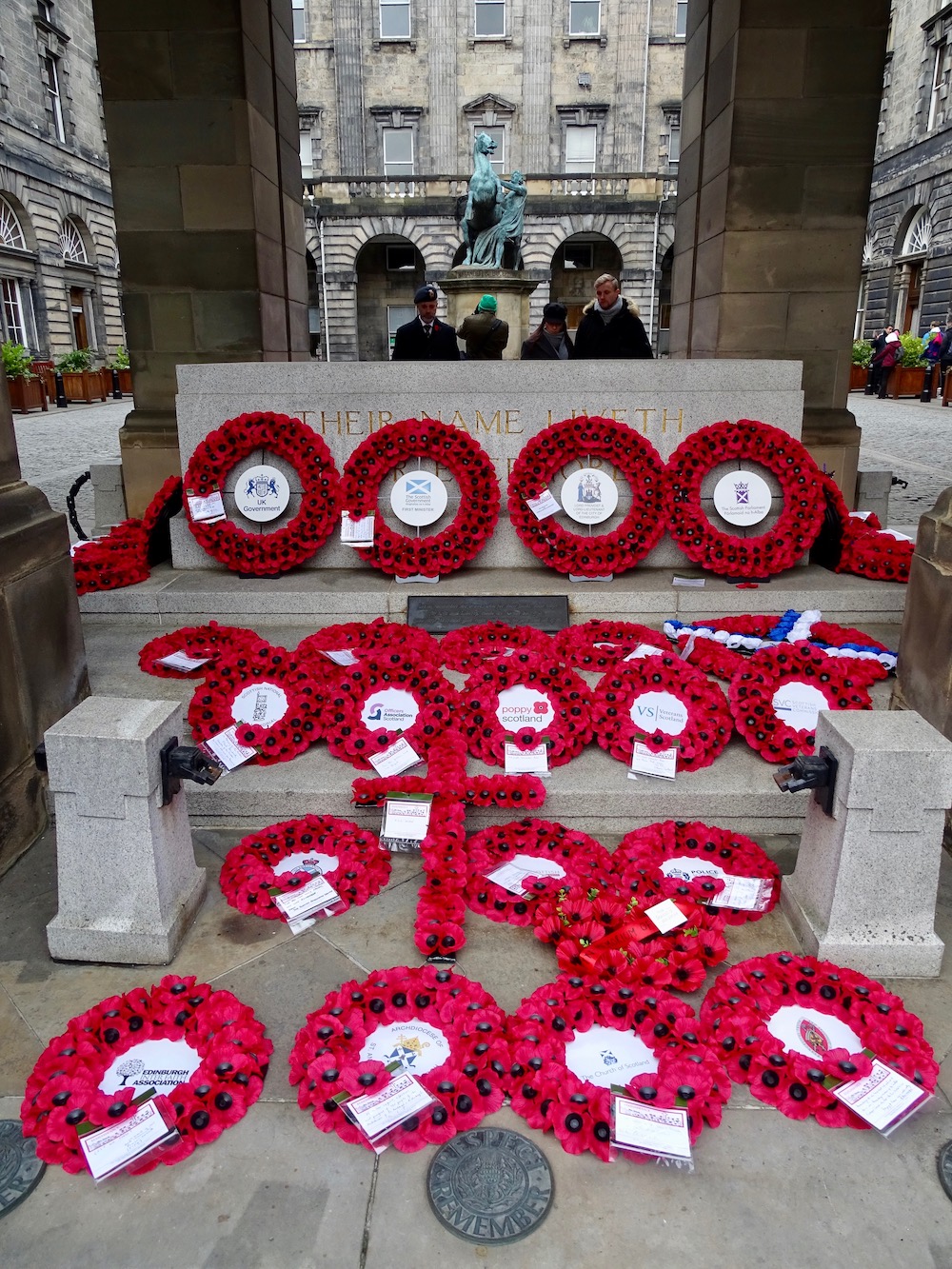
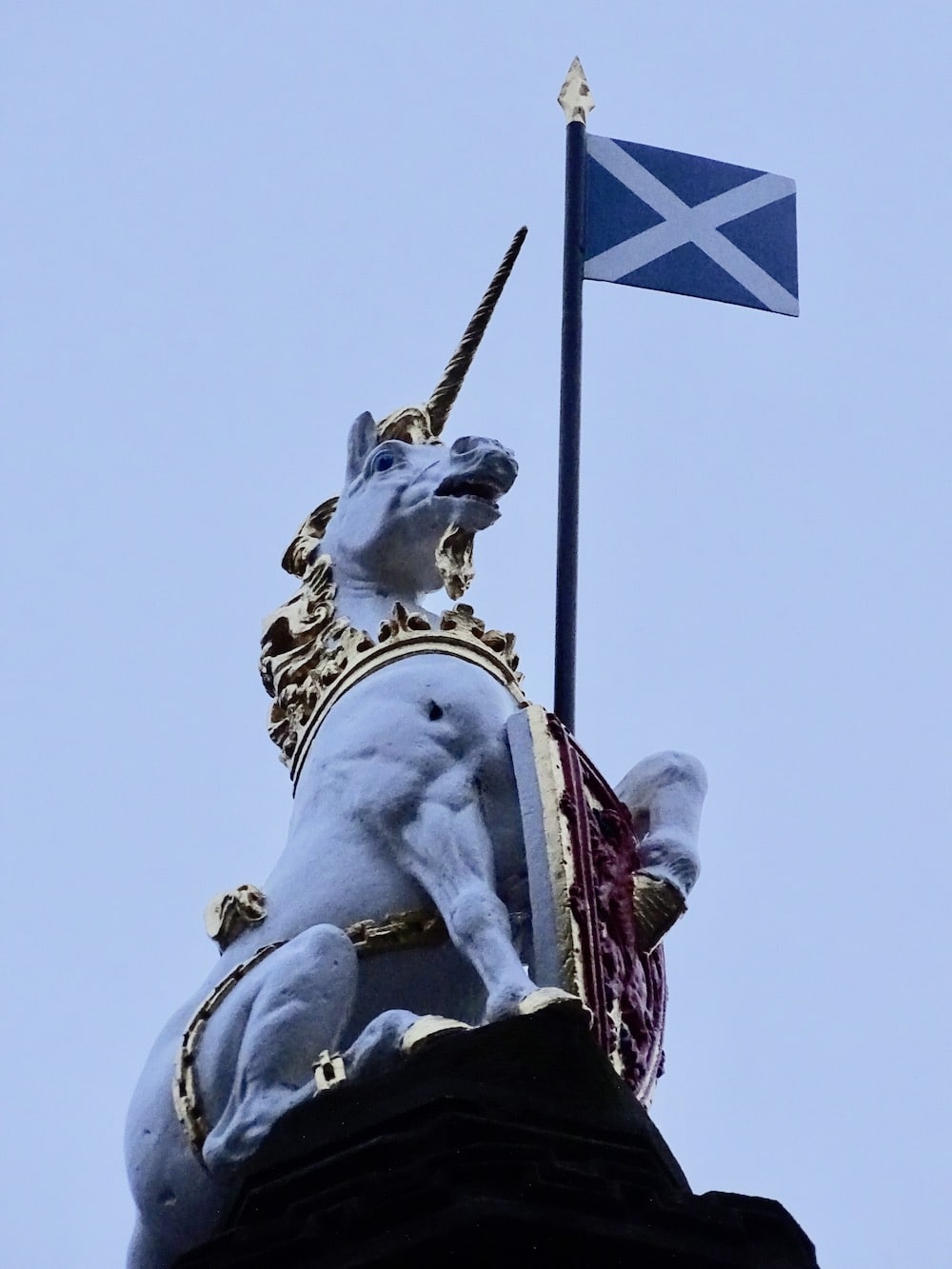
Mary King’s Close
Tours to “The Real Mary King’s Close” are done in English and Spanish. The amount of daily tours depends on the season of the year. In summer tours are done every 15 minutes, while in winter they are reduced. It is better to book online, however, it is possible to buy tickets on site. The tour takes you through a slightly dark area with uneven floors and ceilings that can be low on some occasions. I suffer a bit of claustrophobia, but I had no problems during the tour.


Guides assume the personalities of residents of the area, they even dress like them. The names mentioned are originals of people who lived in Mary King’s Close and the other three alleys between the 15th and 18th century. You will go through four “close” or parallel alleys that connected upwards with the Royal Mile. A “close” received its name depending on the activities carried out in the area or personalities that lived in it. It is not allowed to take pictures for security reasons since the alleys are located just below the Edinburgh City Hall, which is the mayor’s office. They take a picture with an infrared camera at Mary King’s Close, which can be purchased at the end of the tour.
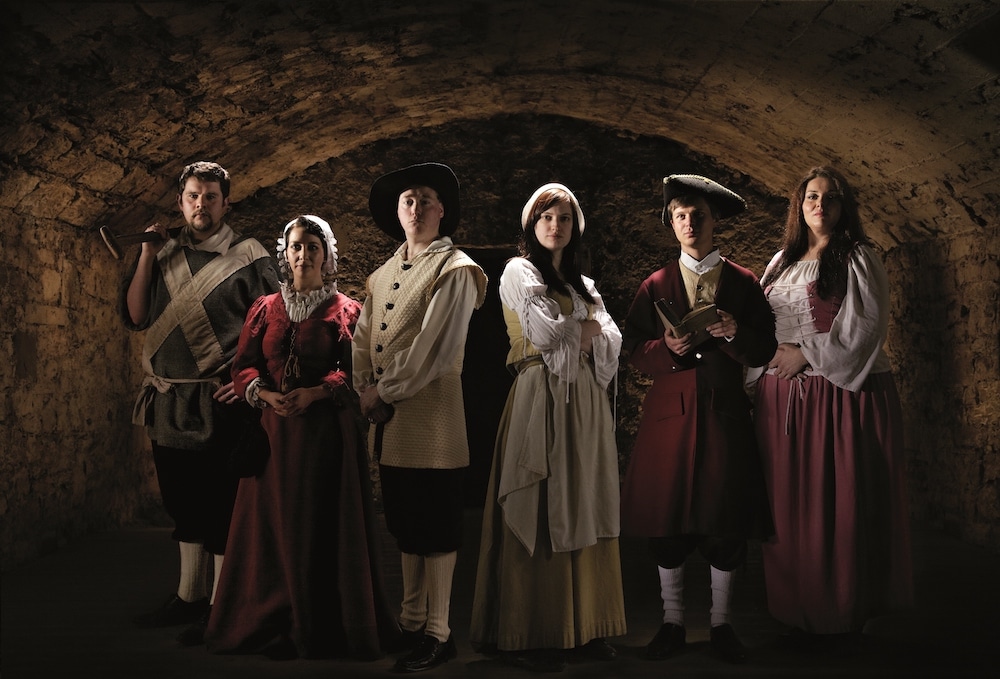
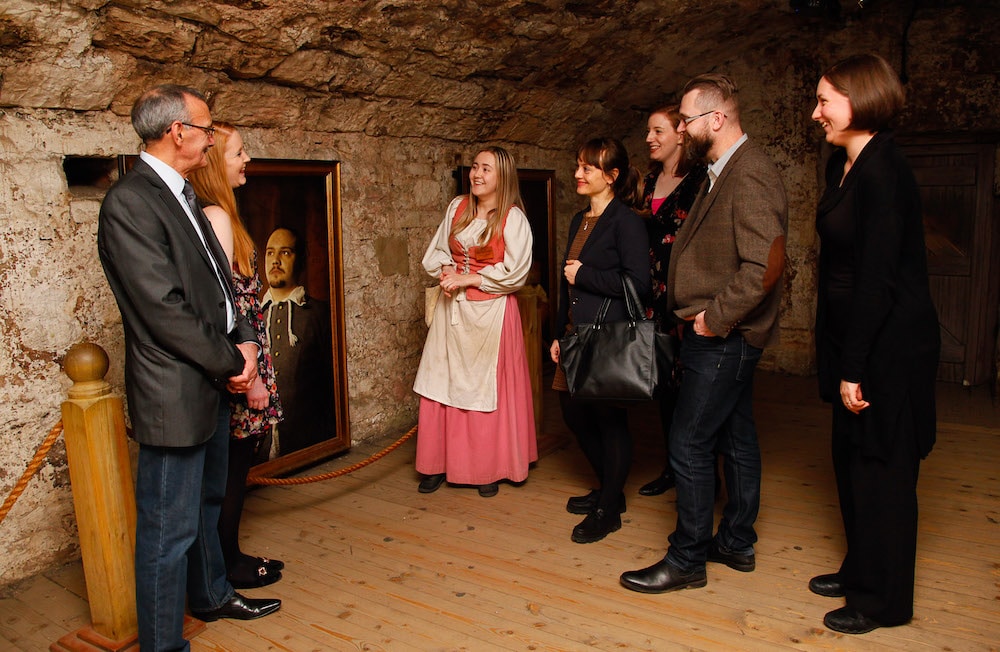
Social strata
Social classes were very marked in Edinburgh and this was mainly reflected in its housing. Poor families lived in “low houses” where a room could accommodate more than 10 people. Their beds were made of straw on a dirt floor.
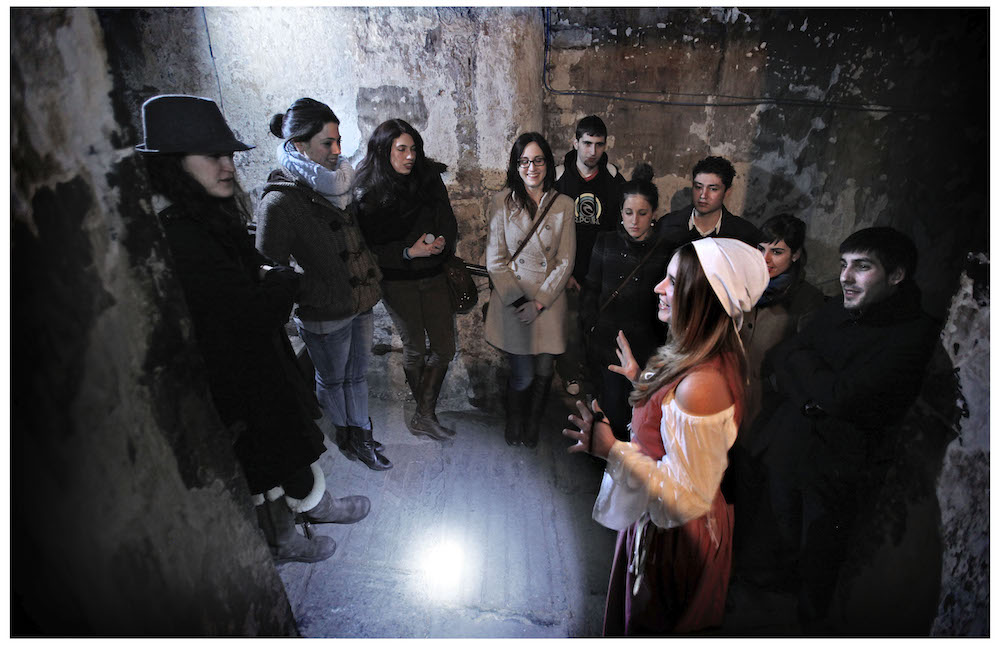
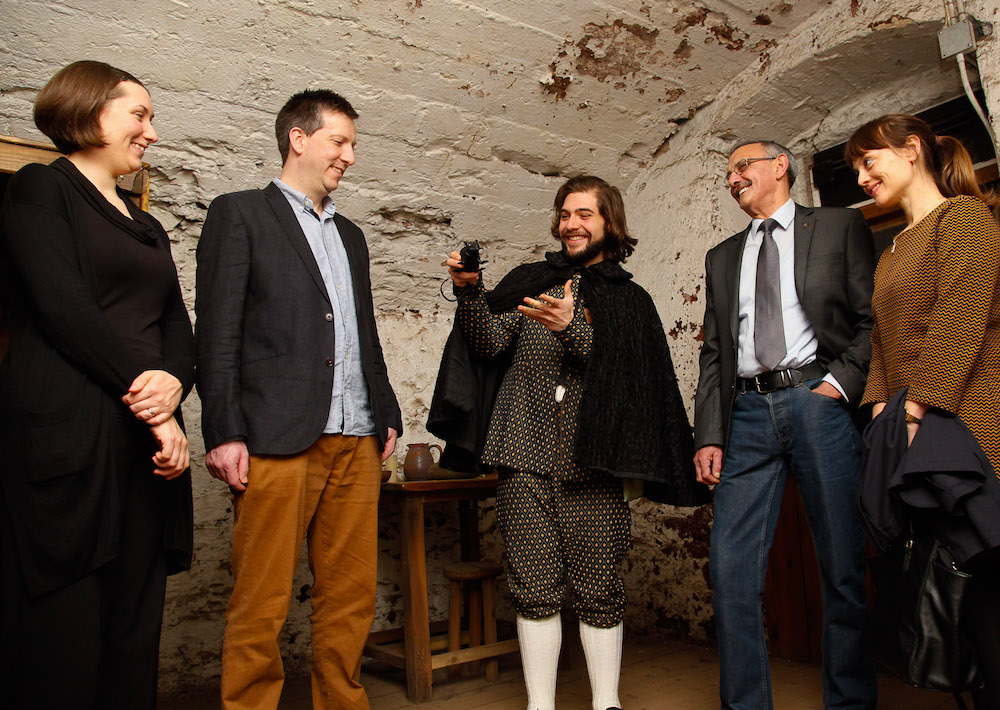
The windows provided air, but no light since the alleys were very tall and narrow. Therefore, they used lamps burning fish oil, which produced a very strong smell. In those times people bathed only once a year. And to top it off in the corner of the room there was a bucket that was the bathroom. All the houses threw their buckets into the alley twice a day, at 7 a.m. and 10 p.m. Bells rang to warn that it was time to throw away the “gardyloo” which means “low water” in bad French. Human excrement went down the alleys until it reached what is now known as the “Princess Gardens.” With so much fertilizer, you can imagine that it is a very green place. Fortunately in Edinburgh it rains a lot, but when it did not rain it was time to walk along Mary King’s Close on “gardyloo” that reached the ankles.
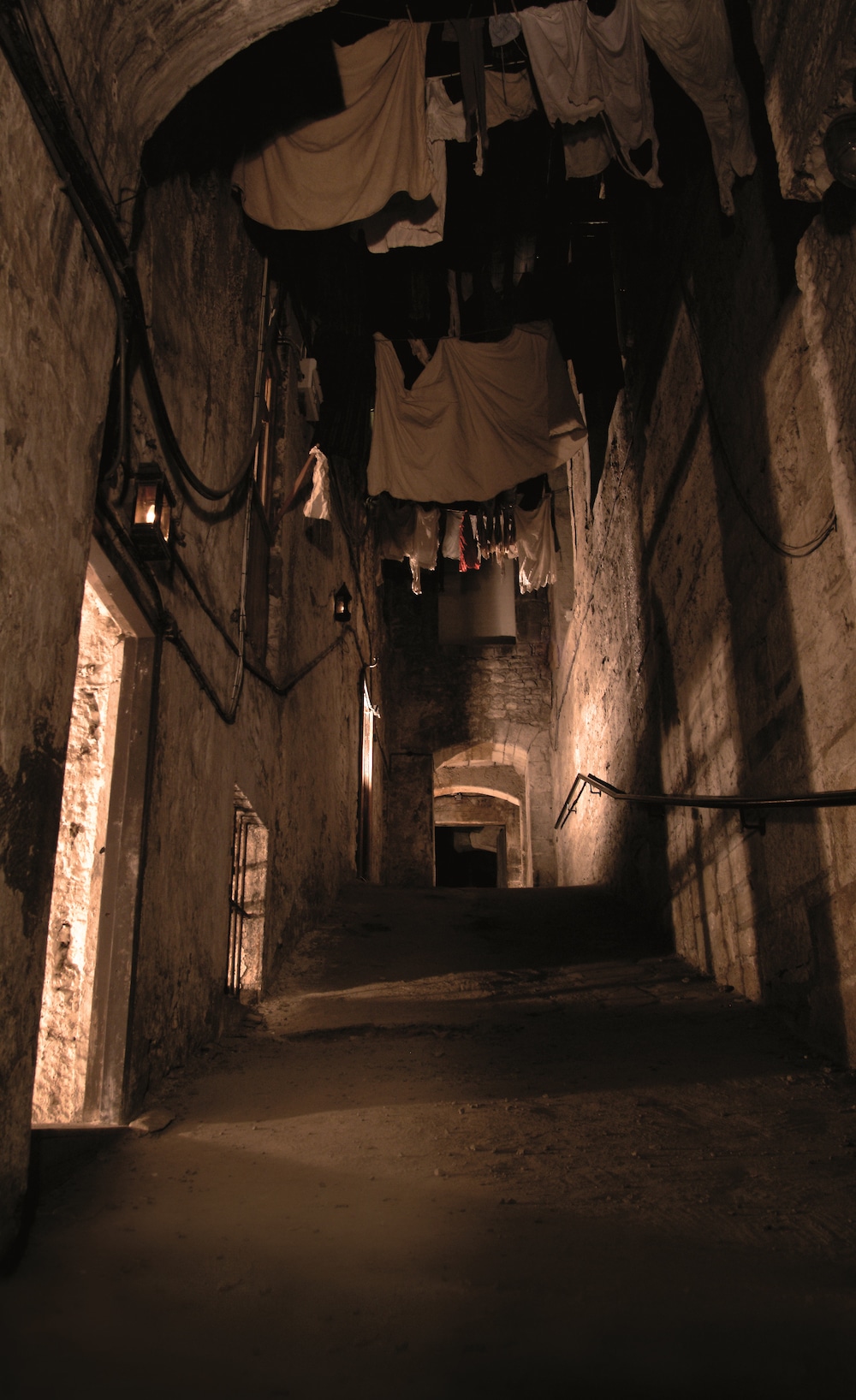
A “close” could reach up to eight stories high. Middle and upper class families also lived in this place, but in larger apartments located on higher floors. Many consider these alleys as the first skyscrapers. However, living upstairs could be dangerous, since the wooden stairs were spirally shaped without railings. Strong breezes would knock down the stairs killing those who were on them. Everyone lived together, despite social differences.
The Marys
Sanitary conditions
You can imagine the sanitary conditions of Edinburgh with all the “gardyloo” going down enclosed spaces where some 30,000 people lived. Originally, the plague began in England, but soon arrived in Scotland. At that time they thought that cats were of the witches. In Edinburgh they killed many “witches”. Without cats, mice multiplied, carrying fleas and bacteria which spread disease .

Edinburgh suffered 11 plagues in total, however, the worst was that of 1645. The sick were quarantined. It was required to hang a white flag on the door to notify the town hall. Then they received food and medical care. If they were seriously ill, they were quarantined outside the city.
Plagues
The Real Mary King’s Close tour takes you to a room where you can see a sick family. There was a woman with two children suffering from pneumonic plague or black plague that attacked the lungs causing internal bleeding. As a result, blood rises to the surface of the skin and people looked black, hence the name. If you were infected with this disease you had very little chance of survival.
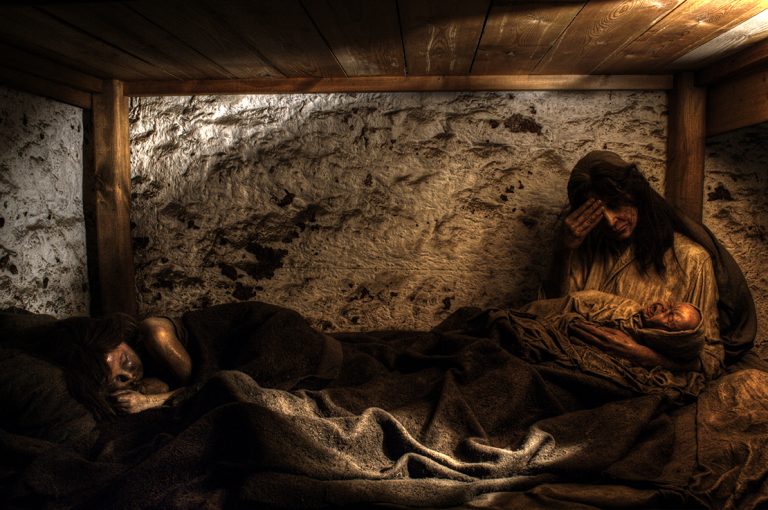
Bubonic plague produced bulbs in the glands. Dr. George Rae was hired by the city council to treat the sick. His job was to cut the bulbs, remove the pus and cauterize the wound with a hot metal. It was a rather barbaric mechanism, but it saved many lives. If you survived the operation, the chances of recovery were much higher than those who had the black plague.

His unusual dress was to protect himself from invisible creatures called “miasmas” that were scattered in the air by bad smells. The suit, boots and gloves were made of leather because it was the hardest material. In addition, he had a crow-shaped mask filled with herbs to get out the bad smells. Of course, the “miasmas” do not exist, but without knowing Dr. George Rae did everything right. The suit protected him from fleas and the mask prevented him from getting the pneumonic plague. After treating people, they burned the belongings of the sick, killing fleas and driving away rats. This was the last plague in Edinburgh.
As a reward for his service, Dr. George Rae was promised a payment of £ 1,200 per year. But the Edinburgh city council never thought he would survive. As we know, he emerged victorious and had to fight for 10 years until he was paid.
The end of Mary King’s Close
In 1750, Mary King’s Close was quite deteriorated, as were most of the other alleys. People wanted a closed and roofed market to be able to exchange. Originally, they had an outdoor market called Mercat Cross. Beginning in 1753, all those who lived in Mary King’s Close and the other alleys were taken out and compensated. They passed a law that made it illegal to live underground. However, you could continue in the area if you had a business.
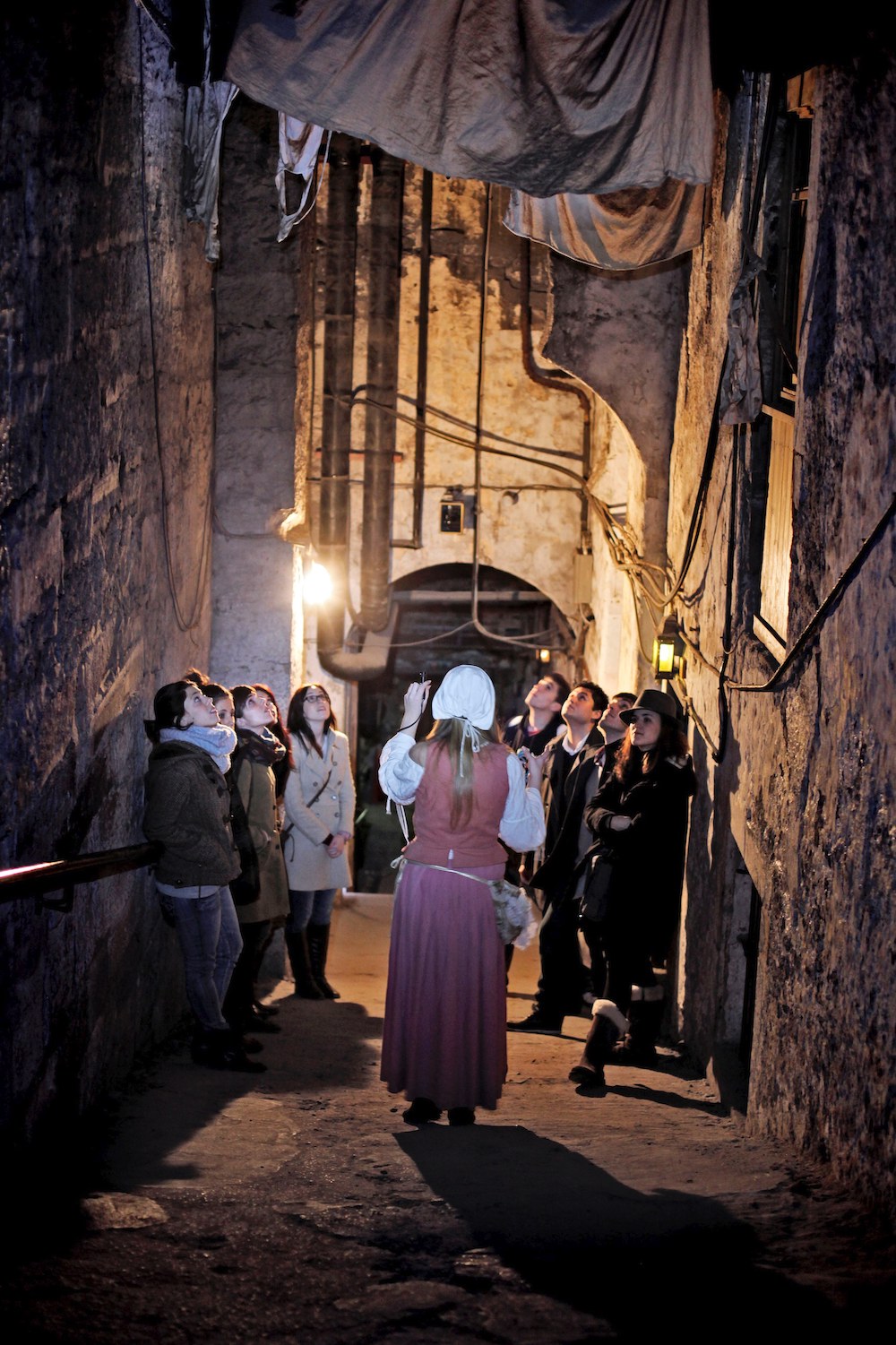
It was cheaper and faster to maintain the underground structures, otherwise they would have had to cover everything with stone. The roofs of the alleys were reinforced with concrete in 1753. The new market became the City Hall of Edinburgh. Another part of Mary King’s Close remained open. In 1897 the city hall extension was built on Cockburn Street, completely closing the area. Its last resident was evacuated in 1902, but we couldn’t enter his house because the wallpaper has arsenic.
In 1938 they transformed the area into a refuge for World War II. After this only the people of the town hall could enter. Tours began in 1980. The “old city of Edinburgh” visible today is a reconstruction of the 1800s. Only about six houses remain from the 16th century.
Paranormal activities
It is said that Mary King’s Close is one of the most haunted places in all of Scotland. This is due to a man who wrote a book of horror stories called “The Invisible World of Satan to be Discovered.” People were losing faith after the plague and he wanted them to return to church. Our guide told us the story of a couple who received visits from spirits.
We visited a house of a wealthy middle class family. The walls still retain a floral motif after 400 years. In 1992 this house was visited by Aiko Gibo, a Japanese medium, who was filming a documentary of paranormal activities. She felt sadness in a room in the house and then saw a little girl named Annie who said she had no one to play with. She went to buy a doll (Scottish Barbie) in the Royal Mile and brought it back. Then she felt that there was no more sadness. Unfortunately, someone stole this original doll in April 2019. People around the world leave toys that are donated to the Children’s Hospital.
Would you dare to visit Mary King’s Close and see the original city of Edinburgh?
